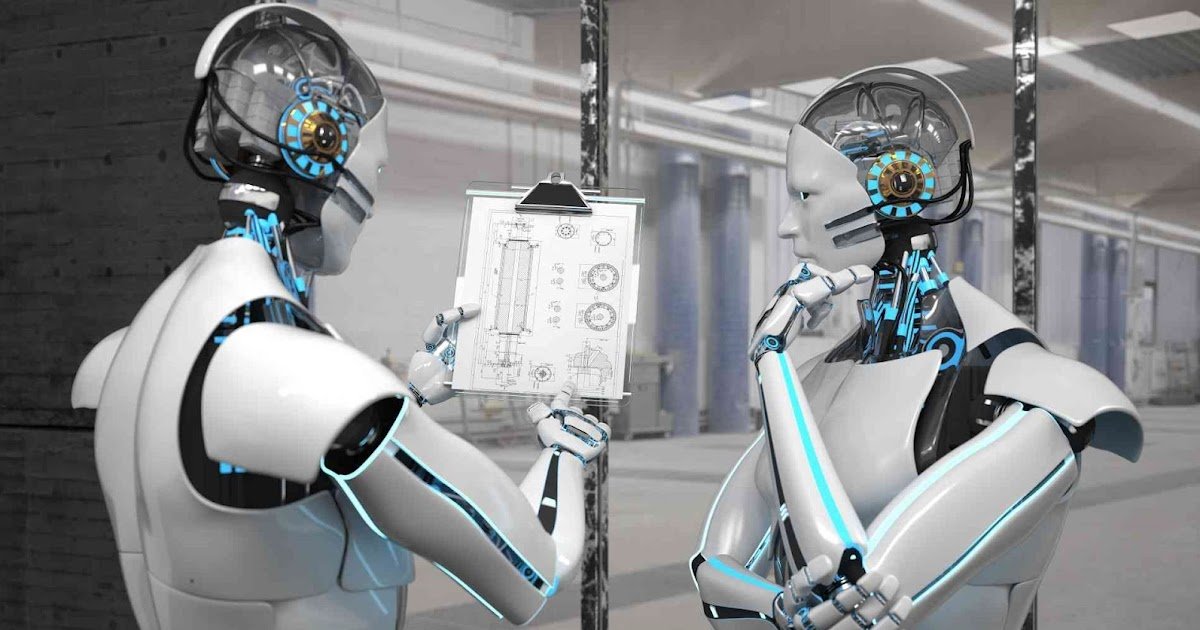The rapid evolution of artificial intelligence (AI) is transforming industries across the globe, and robotics is no exception. As we stand on the brink of a new era, next-generation AI applications are poised to revolutionize robotics, enabling machines to perform tasks with unprecedented precision, adaptability, and intelligence. From healthcare to manufacturing, logistics to space exploration, the integration of advanced AI into robotics is set to redefine what machines can achieve. This article explores the cutting-edge AI applications that will drive the future of robotics and their potential impact on society.
Enhanced Autonomy and Decision-Making
One of the most significant advancements in future robotics will be the development of fully autonomous systems capable of making complex decisions in real-time. Next-generation AI algorithms, such as deep reinforcement learning and neural-symbolic AI, will enable robots to learn from their environments, adapt to new situations, and execute tasks without human intervention. For instance, autonomous drones equipped with AI-powered navigation systems will be able to deliver packages in urban environments, avoiding obstacles and optimizing routes dynamically.
In industrial settings, robots with advanced decision-making capabilities will streamline production lines, predict maintenance needs, and minimize downtime. These systems will not only improve efficiency but also reduce the risk of human error, making workplaces safer and more productive.
Human-Robot Collaboration
The future of robotics lies in seamless collaboration between humans and machines. AI-driven collaborative robots, or “cobots,” will work alongside humans in shared spaces, leveraging natural language processing (NLP) and computer vision to understand and respond to human instructions. For example, in healthcare, cobots could assist surgeons during complex procedures, providing real-time data analysis and precision tools while adapting to the surgeon’s movements.
In everyday life, AI-powered personal robots will become household assistants, capable of understanding spoken commands, recognizing faces, and performing tasks like cooking, cleaning, and even providing companionship for the elderly. These robots will be designed to learn individual preferences and routines, making them indispensable members of the household.
AI-Driven Predictive Maintenance
Predictive maintenance is a game-changer for industries reliant on heavy machinery and equipment. By integrating AI into robotics, machines will be able to monitor their own performance, detect anomalies, and predict potential failures before they occur. This proactive approach will save businesses millions of dollars by preventing costly breakdowns and extending the lifespan of equipment.
For example, in the automotive industry, AI-powered robots on assembly lines will continuously analyze data from sensors to identify wear and tear, scheduling maintenance only when necessary. Similarly, in agriculture, robotic harvesters equipped with AI will monitor their components and optimize performance to ensure maximum yield.
Swarm Robotics and Collective Intelligence
Inspired by nature, swarm robotics involves the coordination of multiple robots to work together as a cohesive unit. Next-generation AI will enable these robotic swarms to communicate, collaborate, and solve complex problems collectively. Applications of swarm robotics are vast, ranging from search and rescue missions to environmental monitoring.
For instance, in disaster-stricken areas, swarms of AI-powered drones could work together to locate survivors, map affected regions, and deliver supplies. In agriculture, robotic swarms could monitor crops, distribute fertilizers, and even pollinate plants, revolutionizing farming practices and increasing productivity.
Emotion AI and Social Robotics
As AI becomes more sophisticated, robots will gain the ability to recognize and respond to human emotions. Emotion AI, also known as affective computing, will enable robots to interpret facial expressions, tone of voice, and body language, allowing them to interact with humans in a more empathetic and intuitive manner.
Social robots equipped with Emotion AI will play a crucial role in healthcare, education, and customer service. For example, robots could provide emotional support to patients in hospitals, assist children with learning disabilities, or serve as interactive guides in retail stores. These applications will not only enhance user experiences but also bridge the gap between humans and machines.
AI in Space Exploration
The future of space exploration will heavily rely on AI-powered robotics. Autonomous rovers and drones equipped with advanced AI will be deployed to explore distant planets, moons, and asteroids. These robots will be capable of navigating harsh terrains, conducting scientific experiments, and transmitting data back to Earth in real-time.
AI will also play a critical role in space station maintenance, where robots will perform repairs and manage resources autonomously. As humanity ventures further into space, AI-driven robotics will be essential for overcoming the challenges of extraterrestrial exploration.
Ethical and Responsible AI in Robotics
As AI becomes more integrated into robotics, ethical considerations will take center stage. Ensuring that AI-powered robots operate transparently, fairly, and safely will be paramount. Developers will need to address issues such as bias in AI algorithms, data privacy, and the potential for job displacement.
Regulatory frameworks and industry standards will play a crucial role in guiding the development and deployment of AI-driven robotics. By prioritizing ethical AI practices, we can harness the full potential of next-generation robotics while minimizing risks to society.
Conclusion
The fusion of AI and robotics is ushering in a new era of innovation, where machines will not only perform tasks but also think, learn, and adapt. From autonomous systems and human-robot collaboration to swarm robotics and Emotion AI, the possibilities are limitless. As we embrace these advancements, it is essential to strike a balance between technological progress and ethical responsibility. The future of robotics, powered by next-generation AI, holds the promise of a smarter, safer, and more connected world. The question is no longer what robots can do—it’s what they will achieve next.
